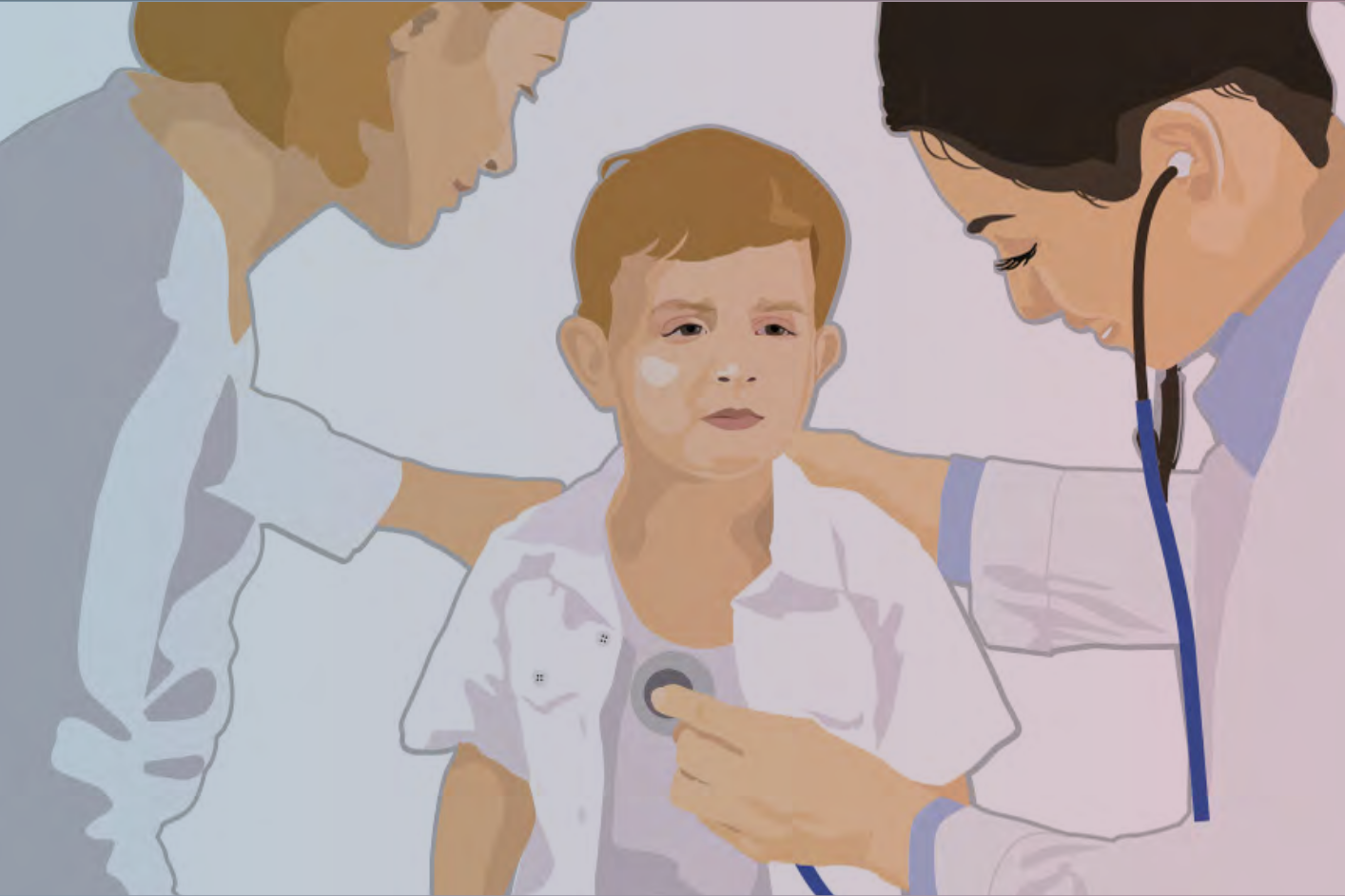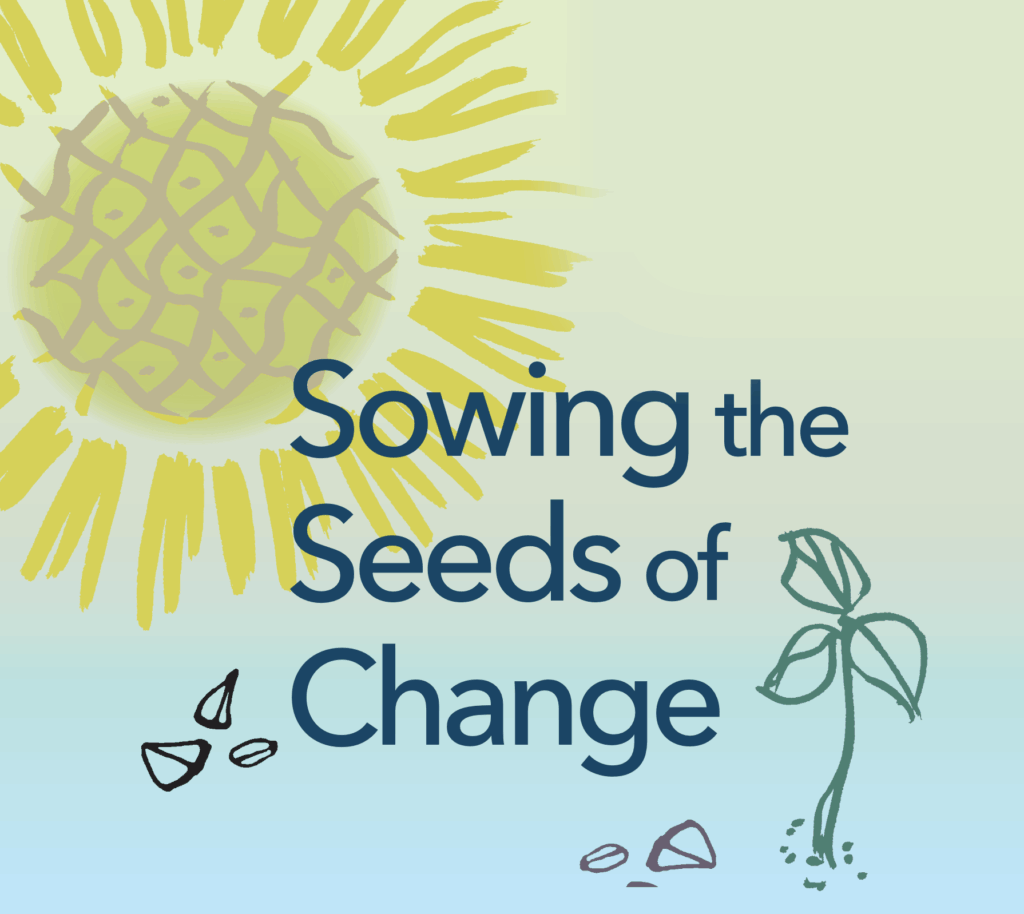
Childhood Cancer and the Environment
Overview
When children are diagnosed with cancer, parents often ask their doctors, “How did this happen? Did the environment have something to do with it?”
The PEHSU Network, led by the Western States PEHSU (WSPEHSU) and in collaboration with the American Academy of Pediatrics (AAP), conducted a groundbreaking education and training project Childhood Cancer & the Environment in 2022-2023 (known as POCES, the Pediatric Oncology Clinician Education Supplement). The program was developed to help pediatric health care providers answer questions from parents and caregivers about environmental influences on childhood cancers, including leukemia. It was so successful that it continues to receive funding. Check out the program’s accomplishments below:
Environmental hazards and childhood cancers
Research shows that exposure to environmental hazards such as pesticides, traffic air pollution, solvents in paints and gasoline, and tobacco smoke can increase the risk of childhood cancers – yet most pediatric cancer specialists don’t know about these links. Nearly 90% of them reported getting questions from families about environmental exposures, but few were comfortable discussing them. Over 90% said that more information would be helpful in addressing these issues with patients.
“When our daughter was diagnosed with Wilms’ Tumor, a kidney cancer, I wanted to know why,” said journalist Alexandra Zissu. “Could there be an environmental link? Our beloved oncologist’s work is to cure, not to sleuth. But, as an environmental health journalist, it didn’t sit well with me there was no one on staff at our hospital—one of the top cancer facilities in the country—who asked questions about home environment at intake, or gave us any specific environmental advice during or after active treatment. I was left to do my own research. Exhausted patients and caregivers rely on our doctors, nurses, child life specialists—and more—to guide us through this unique hell. I would vastly have preferred to collaborate on her care—as we were able to in every other realm—rather than arrive at my own environmental health conclusions.”
Ms. Zissu concluded, “I’m thrilled to know this project is happening. I know exactly how much it will help many families.”
Childhood Cancer & The Environment Goals
The PEHSUs are a national network of experts in health issues that arise from environmental exposures from preconception through adolescence. This project develops “PEHSU champions” on environmental contributors to childhood cancer, enabling them to support pediatricians and the public nationwide. It also trains pediatric oncology fellows and nurse practitioners, providing tools to for practical guidance to prevent toxic chemical exposures associated with childhood cancer risk.
With additional knowledge, pediatric healthcare providers make a positive impact on patients’ health through counseling on protective personal actions:
- Recommending they avoid common household toxicants, such as pesticides;
- advising they take vitamins and folate in the period before conception and during pregnancy;
- informing families of children undergoing chemotherapy about the increased risk for respiratory illness from particulate air pollution, so that they can make protective choices when air quality is poor.
“When a child is diagnosed with cancer it is traumatic for the child and family” said Dr. Mark Miller, a pediatrician and lead of the project. “As health care providers, we need to be able to hear and respond to family’s concerns about the potential causes of children’s cancers, including risks from environmental exposures. This information can help provide common sense guidance on navigating the hazards in our everyday environment associated with increased risk of childhood cancer.”
Resources
Graphics
- For Latino Kids, Extra Cases of Leukemia Add Up (Español Aqui)
- It’s Not Just Dust: How to Protect Your Child from Toxic Dust (Español Aqui)
- Dad’s Smoking Before Pregnancy Can Harm His Child (Español Aqui)
- What You Eat Matters: Protect Your Child From Leukemia (Español Aqui)
- When’s the Best Time to Start Protecting Your Child’s Health? (Español Aqui)
For Clinicians





